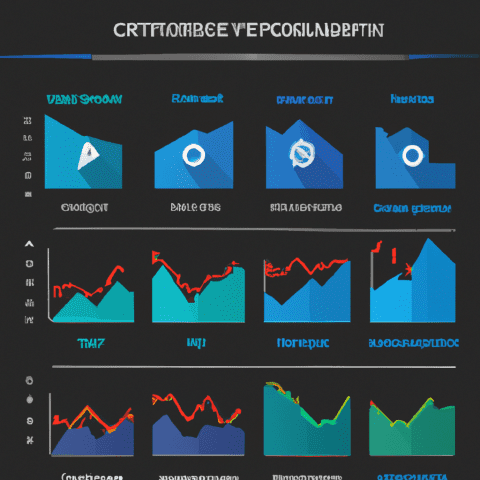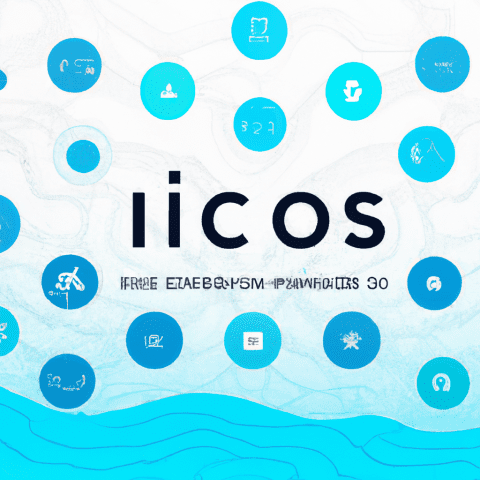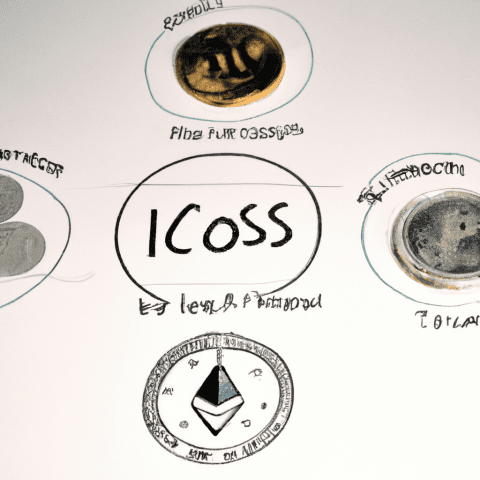In the fast-paced world of cryptocurrency, Initial Coin Offerings (ICOs) and Initial Exchange Offerings (IEOs) have become popular methods for fundraising and launching new digital assets. As investors seek out the next big opportunity in the crypto space, understanding the differences between ICOs and IEOs is crucial. In this comprehensive guide, we will explore the key distinctions between these two fundraising models and provide insights into the top ICOs and IEOs to watch out for in 2021. Stay updated on the latest ICO and IEO news, learn tips for successful investments, and discover how IEOs are changing the crypto landscape. Join us as we navigate the world of ICOs and IEOs, uncovering the hottest token sales and trends shaping the future of digital assets.
1. "Exploring the Differences Between ICOs and IEOs: A Comprehensive Guide"
When it comes to fundraising in the world of cryptocurrency, Initial Coin Offerings (ICOs) and Initial Exchange Offerings (IEOs) are two popular methods that have gained significant attention in recent years. While both involve the issuance of tokens to raise capital, there are key differences between ICOs and IEOs that potential investors and projects should be aware of.
ICOs are typically conducted by startups or projects looking to raise funds by issuing their own digital tokens. These tokens are then sold to investors in exchange for popular cryptocurrencies such as Bitcoin or Ethereum. ICOs gained popularity due to their ease of execution and the ability to reach a wide audience of potential investors. However, the lack of regulation and the prevalence of scams in the ICO space led to a decline in popularity.
On the other hand, IEOs are a more recent development in the cryptocurrency space. In an IEO, a cryptocurrency exchange acts as the intermediary between the project conducting the offering and the investors. The exchange conducts due diligence on the project, verifies its legitimacy, and then lists the tokens for sale on its platform. This provides a level of trust and security that is lacking in traditional ICOs.
Some of the key differences between ICOs and IEOs include the level of due diligence conducted, the security of the offering, and the potential for liquidity. While ICOs may offer more flexibility and control for the project conducting the offering, IEOs provide a level of credibility and security that can attract more investors.
In conclusion, both ICOs and IEOs have their own advantages and disadvantages. It is important for investors and projects to carefully consider their goals and priorities when choosing between the two fundraising methods. Stay updated on the latest ICO and IEO news to make informed decisions on participating in top ICOs and upcoming IEOs in the cryptocurrency market.















